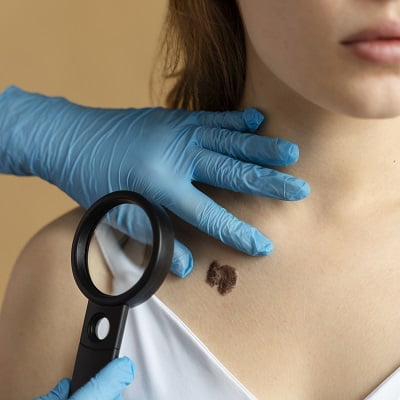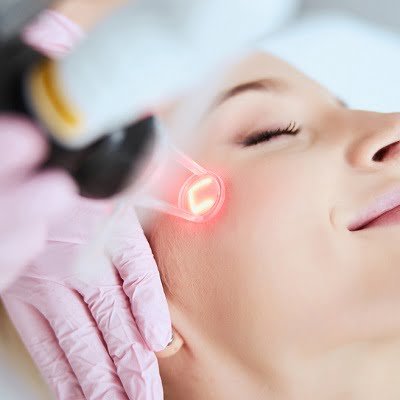
One common approach to removing moles you want is laser mole therapy. Usually fast and practical, the procedure is followed by the need to obtain

One common approach to removing moles you want is laser mole therapy. Usually fast and practical, the procedure is followed by the need to obtain

Life in Islamabad’s distinctive climate makes skin aging a serious challenge. The very hot summers and cold winters, combined with pollution, can damage your skin,

In the cold and dreary winters, it might be challenging to remember the pleasures of summer. Winter is the ideal time to start working toward
Enfield Royal Clinics, 1089 Al Wasl Rd - Al Manara - Dubai United Arab Emirates
Villa 2 - 142 Al 'Ishoush St - Khalifa City - Sector 12 - Abu Dhabi - United Arab Emirates
King Abdullah Branch Rd, Al Quds, Riyadh 13214, Saudi Arabia
Al Sarooj, 3013 Way, Al Kharjiyah St, Muscat, Oman
